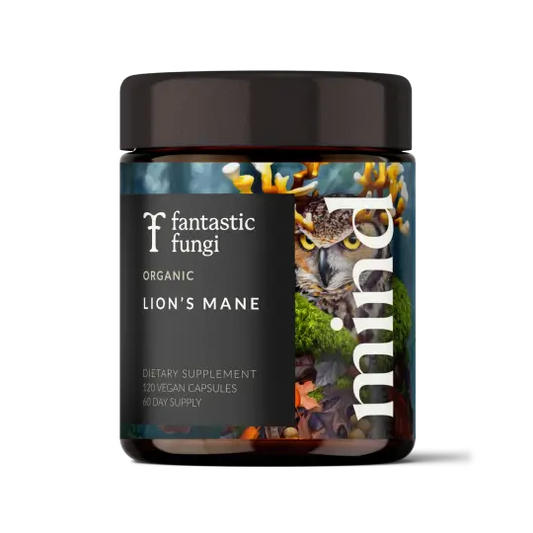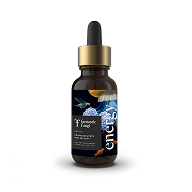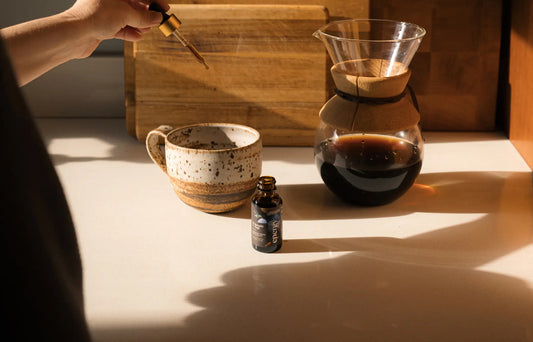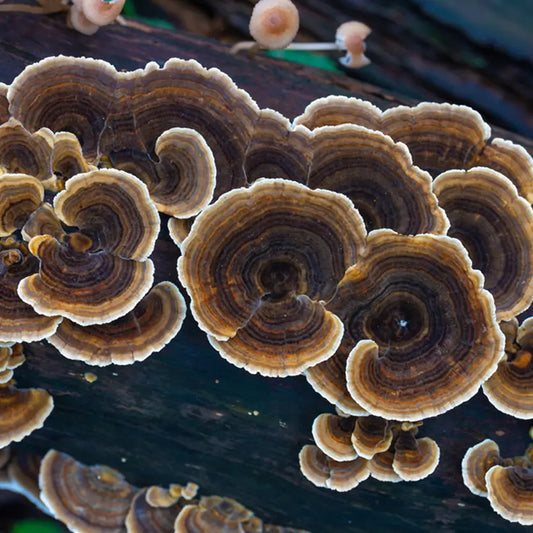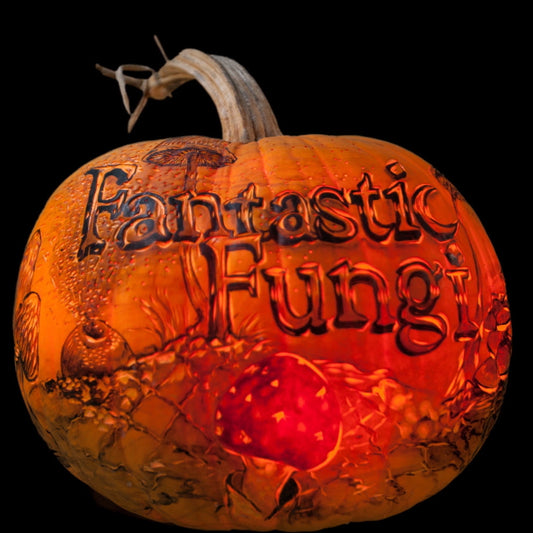
Mushroom Spotlight: Chanterelles
Mushroom commercialization has come a long way in the last century. Tracking down certain species was once a game of luck or chance, but it now can be as simple as visiting a grocery store or farmers market. Not so long ago, if you had a craving for Lion’s Mane or wanted to make a homemade Reishi tincture, your first stop was the forest during a specific season — but now those mushrooms can be found year round.
However, certain beloved mushrooms remain resistant to commercial cultivation, making them all that more special to foragers and mycophiles. Today, we’re talking about one of the tastiest wild mushrooms, the Chanterelle. Specifically, we’re covering all the edible species in the Cantharellaceae family.
Read on to learn more about this elusive mushroom, why it’s worth the effort — and the tastiest ways to prepare it.
An Introduction to Chanterelles
Chanterelles are known as girolle in French, canterela in Spanish, Pfifferling in German and pieprznik in Polish.
Cantharellus cibarius is one of the most common edible species in the Cantharellaceae family, and the species name means “good to eat.” Seems fitting for a mushroom that’s so highly prized by foodies and chefs, doesn’t it? The name Chanterelle comes from a Greek word for cup, kantharos.
Where to Find Them
Searching for Chanterelles? Look down, as you’ll likely spot them on the ground near conifers and broadleaf trees across Europe, Asia, North and Central America and Africa. They are especially bountiful in the Pacific Northwest from July to November. Chanterelles love mossy forests and low growth.
Keep an eye out for bursts of yellow, orange and even fiery red! The most common Chanterelles are peachy-orange to yellow, but you might also spot some vibrant orange cinnabar chanterelles. That species tends to be small, making them even more special! Other species are cream colored.
Tip: Always make sure you know how to identify Chanterelles versus harmful jack-o-lanterns and other lookalikes. If you want to be an old mushroom forager, don’t start out by being a bold one!
How They’re Used to Support Health
In Traditional Chinese Medicine, Chanterelles are used to tonify mucous membranes and help eyesight and the respiratory tract.* According to Christopher Hobbs’s Medicinal Mushrooms: The Essential Guide, Chanterelles are high in indole compounds like serotonin, melatonin, and 5-hydroxytryptamine (but need heat to become fully available). However, since Chanterelles cannot be cultivated commercially, they are not available as tinctures, capsules and other supplements.
Thankfully, other mushrooms can be ethically and organically cultivated, so you can access supplements like Sleep Capsules to help you fall asleep and stay asleep, and Mind Capsules for focus, memory and concentration.*
How Do They Taste?
Chanterelles have a delicate texture. They taste floral, and sometimes have a sweet, buttery or peppery flavor. Their German name is a nod to their peppery taste! When Chanterelles are fresh, they have a subtle apricot aroma. Chanterelle fans like to keep preparations simple to let the mushrooms shine. Save the bold flavors for bland mushrooms like Buttons!
How to Cook Them
- Tear them into strips instead of slicing; leave smaller caps whole.
- Simple preparations are best.
- Try them sautéed and served with good bread, polenta, or whole grains.
- The mushrooms should be firm, with no ragged edges.
- Store between layers of paper towels for up to 1 week.
Curious about what to do with your stash of Chanterelles? Our Fantastic Fungi Community Cookbook includes over a dozen recipes featuring Chanterelles, from Chanterelle Ravioli in Saffron Corn Broth and Chicken Chanterelle Paprikash to Chanterelle Frozen Custard and Chanterelle-infused Golden Vodka. You can also freeze or dry any extras.
Photo Credit: Timothy Dykes
